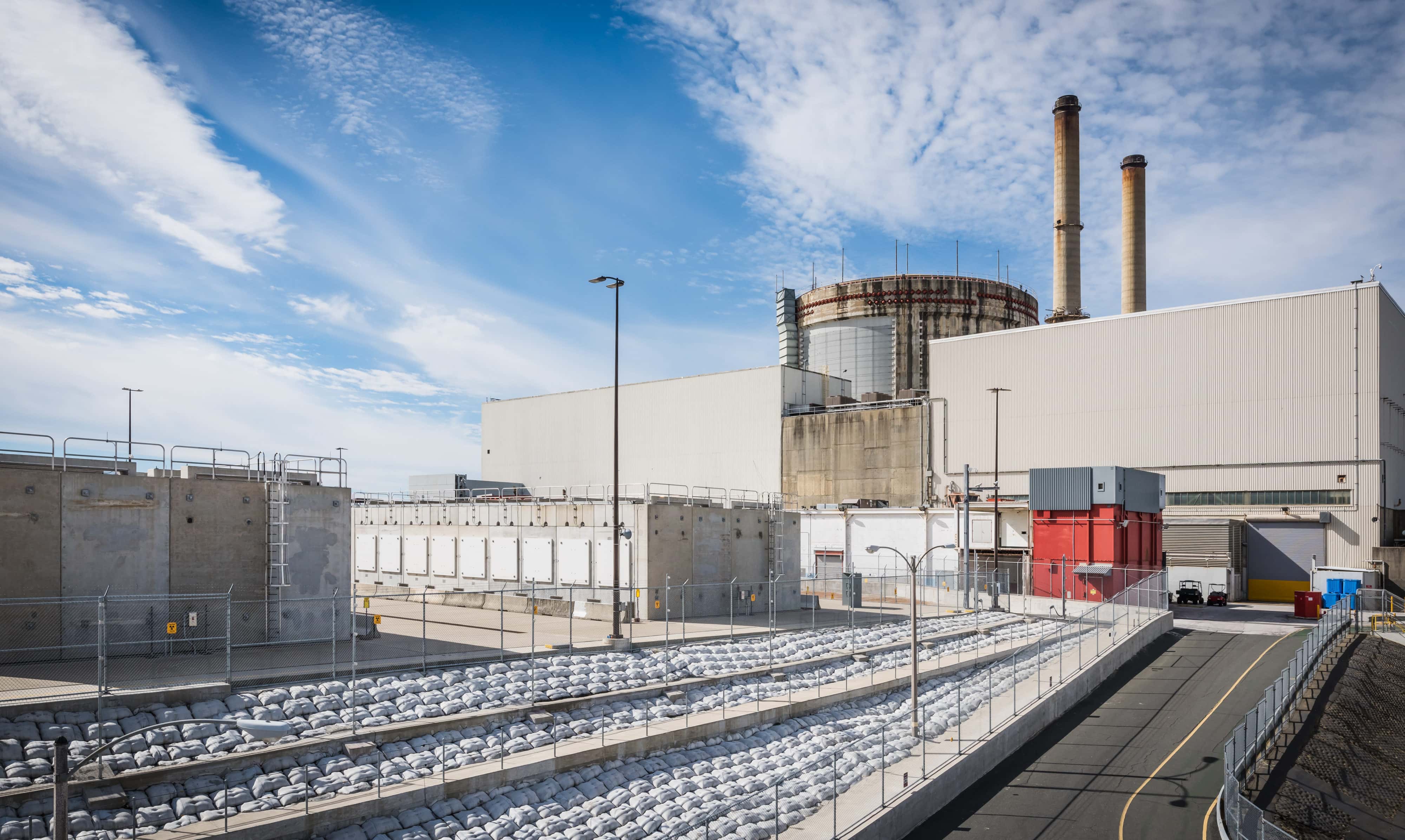
Duke Energy has been named to the Dow Jones Sustainability Index (DJSI) for North America for the 15th consecutive year.
The mega-power company provides about 10,200 megawatts of owned electric capacity to about 1.8 million customers across the state of Florida alone. The energy-provider credits the accomplishment to its expansion of renewable energy and significant reductions in carbon emissions.
“Trust begins with transparency and our stakeholders want to see our progress on the environmental, social and governance topics that matter most,” said Katherine Neebe, Duke Energy’s chief sustainability officer. “As we focus on delivering affordable, reliable and increasingly clean energy for our customers and communities, it’s an honor to be named to the Dow Jones Sustainability Index for 15 straight years.”
The DJSI has evaluated the sustainability of companies around the world since 1999, analyzing the company with general and industry-specific topics related to economic, environmental and social dimensions. Since 2007, Duke Energy has published an annual sustainability report that summarizes efforts to advance energy efficiency, develop renewable energy, reduce emissions and more.
When looking at Duke Energy, the power-provider is on track to achieve its 2030 goal of reducing carbon emissions from electricity generation by at least 50% from 2005 levels. The company plans to net-zero carbon by 2050.
The company also plans to reduce its methane emissions in its natural gas business to net-zero by 2030.
As far as social issues, in 2019, Duke Energy added 15,000 new jobs and $7.1 billion in capital investment to its service territories. The corporation is also working to increase the percentage of underrepresented employee groups, specifically females and minorities, to 25% and 20%, respectively.
Duke Energy is one of the largest energy holding companies in the U.S., employing 30,000 people with an electric generating capacity of 51,000 megawatts through its regulated utilities. The company’s regulated utilities serve about 7.7 million retail electric customers in North Carolina, South Carolina, Florida, Indiana, Ohio and Kentucky.


